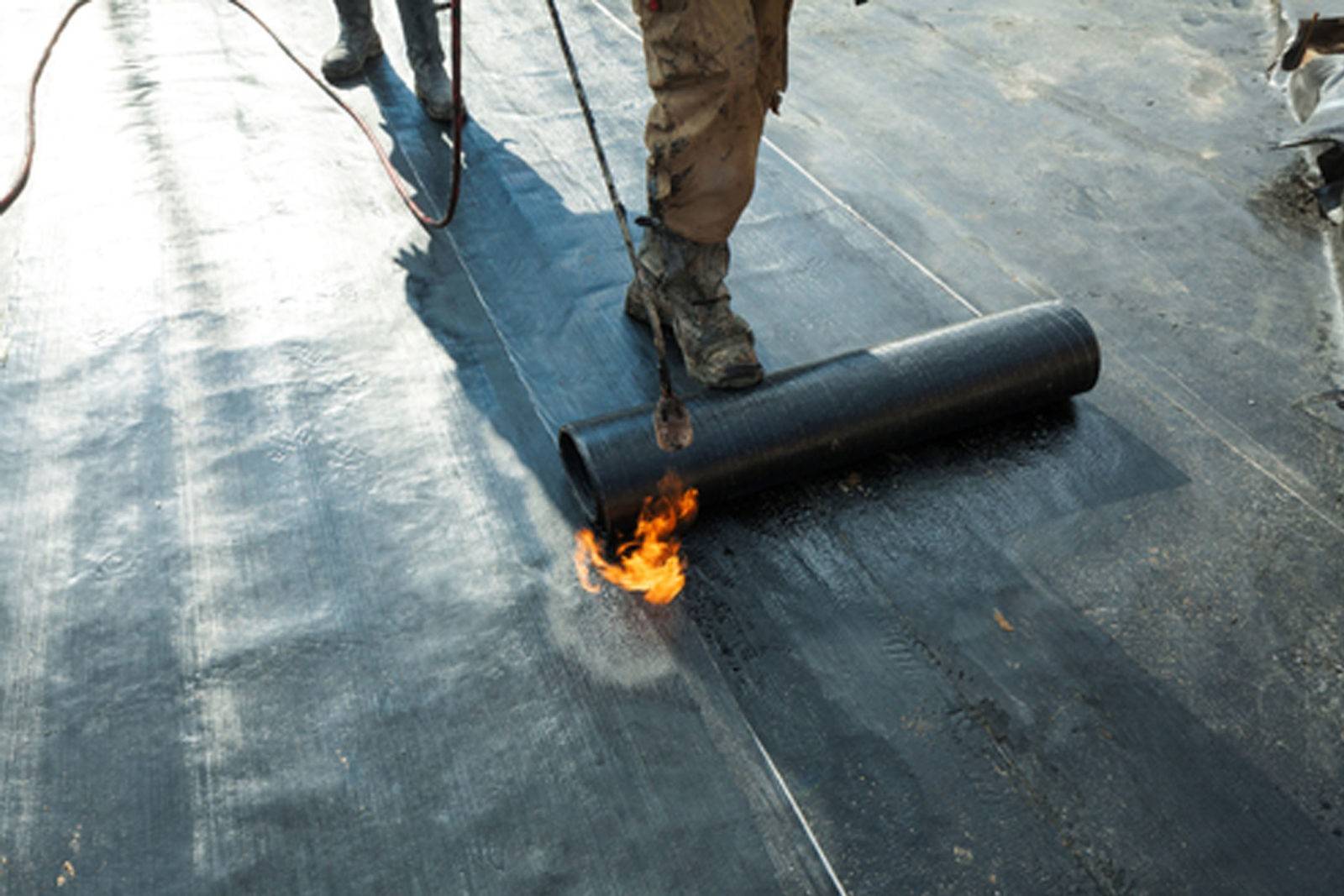Epoxy is well known to be one of the most durable types of finishes available. However, did you know that epoxy can be used to make a work surface safe? Whether it’s to meet safety standards, or take care of yourself and your loved ones, there are several ways to make an epoxy finish slip-resistant. Let’s discuss them!
Epoxy with Vinyl Flakes or Full Flake: Combining Safety and Aesthetics
One option available to you for making an epoxy surface slip-resistant is vinyl flakes. The advantage of choosing vinyl flakes is their look. The layering of the flakes creates a texture in the epoxy which creates a non-slip coating. Also, there are snowflakes of all kinds of colors and textures.
You can easily achieve a personalized look while ensuring that your floor is not slippery. Vinyl flakes are great for anti-slip flooring in a room where looks are so important; for example, the floor of a showroom, a workshop/warehouse is open to customers, etc.
However, to achieve the non-slip properties, the floor must be saturated with flakes. It is, therefore, necessary to carry out a Full Flake project, that is to say, to cover the entire surface with flakes. To achieve a Full Flakes effect, it is essential to calculate 10 to 12 lbs of flakes per 100 sq ft of floor. No doubt, a Flake project requires a considerable investment, but a beautiful look is guaranteed.
How is it Done?
The professionals sprinkle flakes on the 2nd layer of epoxy while it is still fresh. Once the flakes are well anchored in the epoxy (after 24 hours), they pass a broom and vacuum cleaner. This makes sure to remove the fragile surplus of flakes. Finally, they apply a final coat of clear epoxy to seal the flakes.
If you want to optimize the anti-slip effect, applying a single coat of clear epoxy over the flakes is very important. Otherwise, the epoxy fills in the hollows caused by the flakes. The texture is therefore lost, and therefore the non-slip nature.
Make Your Epoxy Slip-Resistant With Silica Sand
Another possibility to make your floor safe would be to add silica sand to your epoxy finish.
First, it must be silica sand and not natural sand. The moisture in natural sand would prevent your epoxy from curing properly. Although silica sand is normally sprinkled on epoxy coats (while still fresh), certain products can be added to the epoxy mixture.
The team incorporates the grains of sand into the different layers of epoxy to create a non-slip texture.
Silica sand is a more economical option than vinyl flakes. However, its appearance is less striking and less luxurious. Also, professionals do not spare the trouble of sprinkling sand on the surface once the epoxy has been applied.
Surfaces covered with silica sand can also be more difficult to clean due to their roughness. It is, therefore, a possible methodology for a small/medium-sized surface, where the aesthetics of the finish do not matter.
“Orange Peel” Epoxy for an Uncompromising Non-Slip Surface
Orange Peel epoxy (or orange peel) is an epoxy with a special component that ensures a non-slip texture. This type of finish is used, among others, in-stadium bleachers and arenas.
Orange Peel epoxy has the advantage of including a non-slip texture when the epoxy is applied. In other words, you do not need to add a non-slip component at the finishing stage. So that saves you a step.
Also, the Orange Peel finish remains easy to clean despite its texture. The range of this epoxy is also available in a wide choice of colors, including safety colors. If you have to mark certain warehouse areas for forklift use (for example), you can do so with Orange Peel.
For large-scale projects where you want a non-slip finish, this is an ideal product; as much to save money as effort.
Apply “Orange Peel”
You must first mix the epoxy (add the dye if necessary). After pouring our epoxy on the surface, they spread it using a squeegee. Once the epoxy has been spread, the surface is rolled with a thick nap roller (15 or 20mm). The thicker the hairs of the roller, the more it will accentuate the orange peel texture.
After 24 hours of drying, the second coat can be applied by following the same procedure. It will be necessary to wait at least 24 hours before walking on the surface, and at least 48 hours for the circulation of heavy machinery.
Epoxy Colors Safety and Signage in the Workplace
Epoxies are also available in a range of so-called Safety colors. Each color has a definition associated with it, making it possible to distinguish between different work areas. Also, you can use these colors for signaling traffic in a large work area, such as a warehouse where forklifts are used.
Here are the Safety colors available for floor marking of warehouses, and their meanings according to the RAL color chart:
- Red: Danger or prohibition
- Orange: Chemical storage.
- Yellow: Warning or danger.
- Green: Information, direction, or evacuation.
- Blue: Obligation or protection.
Having a good marking system for a warehouse floor is not only a safety priority – it also allows you to have a good traffic flow in your warehouse and increases profitability and productivity. Among all the possibilities offered by epoxy, you can choose the one that best suits the needs of your project to make your work areas safe. If you’re looking for commercial Sealants in Fort Lauderdale, contact A-1 Tropic Painting & Waterproofing, experts in commercial painting and waterproofing, electrostatic painting, and commercial sealants!

